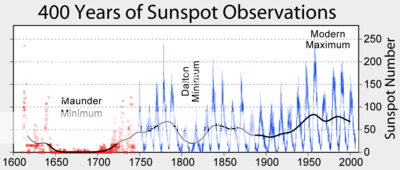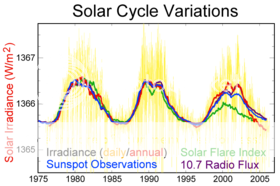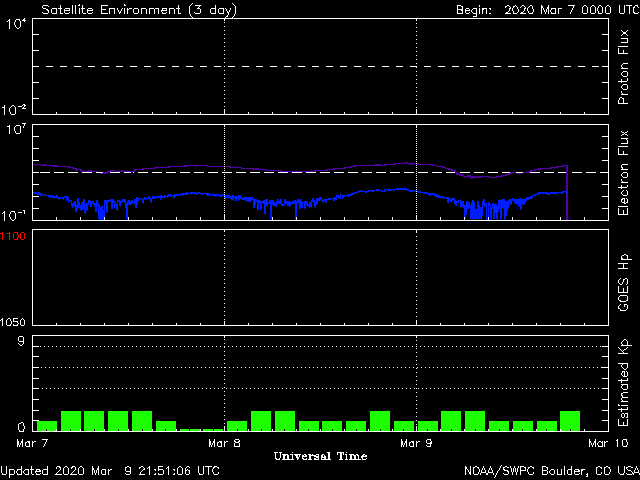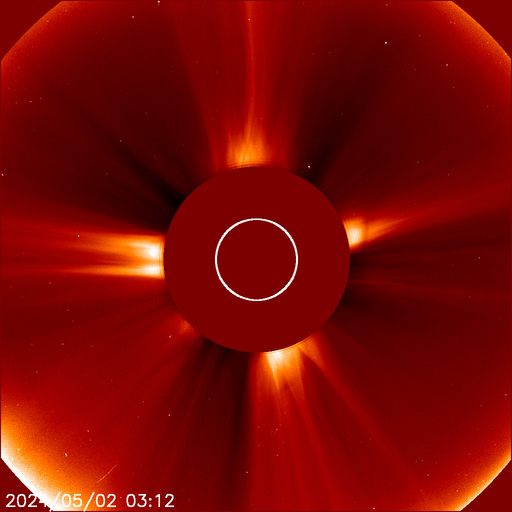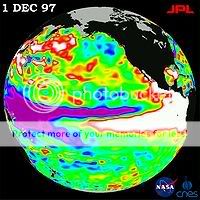M
michaelmozina
Guest
Now that the sun has finally gotten it's groove back we can talk about some of the typical processes that are observed throughout the solar cycle.
http://www.windows.ucar.edu/tour/link=/ ... tal=vocals
The "butterfly pattern" that plays out in the suns solar sunspot cycles, also (first) plays out in the higher energy wavelengths. STEREO has provided us with a more expanded view of the sun than we have with SOHO alone, so we can begin to see the formation of active regions in the northern and southern hemispheres and track them most of the way around the sun. There are now large active areas forming at a latitude of about 23 degrees in both the northern and southern hemispheres. Currently there are more persistent active regions in the northern hemisphere, but over time both hemispheres have been growing more active and will continue to become more active.
As the solar cycle progresses, we will observe these active regions seen in the 195A,171A, and 284A wavelengths slowly begin to move toward the equator. During the sun's most active sunspot phases, these active regions in the north and south begin to electromagnetically interact across the equator. As these active regions move down toward the equator over time, so will the sunspots that are linked to these active regions. It's a gradual change, but a noticeable one.
FYI, if you own an iPhone or iTouch, or iPad, you can download a free app called "3D Sun" that shows the 4 basic wavelengths of STEREO and allows you to rotate around the sun. It's a pretty cool app, although I miss the atmospheric elements that one can observe in the original images, and the "blending of images" at the seams appears to be a little 'fuzzy'. I understand that SDO images will be added to that app once the data from SDO comes online. It's free and well worth the download. The ability to rotate around the sun with your finger is quite cool, and makes it easy to see the emerging pattern of active regions forming in the northern and southern latitudes around 23 degrees at present.
http://itunes.apple.com/ca/app/3d-sun/id347089078?mt=8
http://www.windows.ucar.edu/tour/link=/ ... tal=vocals
The "butterfly pattern" that plays out in the suns solar sunspot cycles, also (first) plays out in the higher energy wavelengths. STEREO has provided us with a more expanded view of the sun than we have with SOHO alone, so we can begin to see the formation of active regions in the northern and southern hemispheres and track them most of the way around the sun. There are now large active areas forming at a latitude of about 23 degrees in both the northern and southern hemispheres. Currently there are more persistent active regions in the northern hemisphere, but over time both hemispheres have been growing more active and will continue to become more active.
As the solar cycle progresses, we will observe these active regions seen in the 195A,171A, and 284A wavelengths slowly begin to move toward the equator. During the sun's most active sunspot phases, these active regions in the north and south begin to electromagnetically interact across the equator. As these active regions move down toward the equator over time, so will the sunspots that are linked to these active regions. It's a gradual change, but a noticeable one.
FYI, if you own an iPhone or iTouch, or iPad, you can download a free app called "3D Sun" that shows the 4 basic wavelengths of STEREO and allows you to rotate around the sun. It's a pretty cool app, although I miss the atmospheric elements that one can observe in the original images, and the "blending of images" at the seams appears to be a little 'fuzzy'. I understand that SDO images will be added to that app once the data from SDO comes online. It's free and well worth the download. The ability to rotate around the sun with your finger is quite cool, and makes it easy to see the emerging pattern of active regions forming in the northern and southern latitudes around 23 degrees at present.
http://itunes.apple.com/ca/app/3d-sun/id347089078?mt=8












